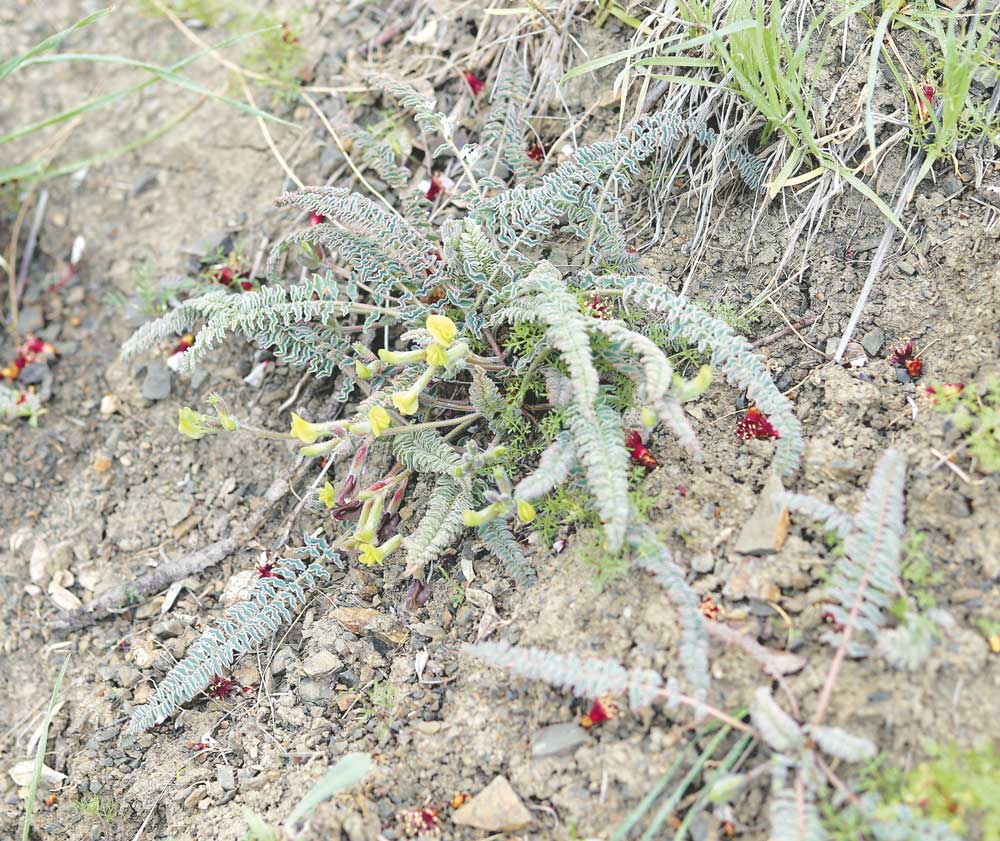Scientific methods for studying flora and vegetation began to be applied in the first half of the 19th century. By the end of the century before last, hundreds of famous scientists and naturalists from Russia and Europe visited Turkmenistan in order to search and study of outlandish desert plants and mountain xerophytes. It was during this period that hundreds of thousands of herbarium samples were collected, which served as type material for describing new plant species in the future. Seed and planting material was obtained and was successfully acclimatised, it still adorns the most famous botanical gardens in the world. A lot of research in the field of botany was carried out in the last century, when a number of research institutions were established, and in the current one - in the modern period of independence. Among the achievements is the scientifically confirmed growth within the country of 3,100 species of higher plants (these are ferns, horsetails, gymnosperms or conifers, and flowering plants). Studying the statistics of new species finds over time, it may seem that work in this area is less active than in the past: there is less and less unknown and unexplored. Nevertheless, over the past five years, three species of higher plants have been discovered in Turkmenistan, which I would like to talk about.
The history of the discovery of the Calligonum inerme (unarmed kandym) is very interesting: an interesting specimen was found during the analysis of an old herbarium. Its uniqueness lies in the fruits that have an unusual structure. The fact is that all kandyms have various growths on nut fruits – bristles, spine-like shoots and wings of various structures, sometimes they grow so densely that they form a kind of film on the surface of the fruit. So, the fruits of the Calligonum inerme are a completely naked, shiny nut – hence its name “unarmed”.

